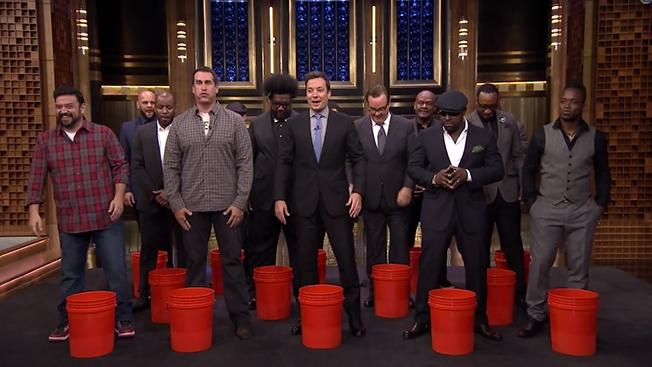6 Types of Modern Jargon to Avoid in Your Fundraising Appeal
Who writes your annual appeal letter? If it’s your executive director or your board chair there’s a very good chance it’s filled with jargon. This (pardon my non-jargon language) sucks.
Jargon is the opposite of constituent-centered writing.
It’s not your writer’s fault. Most of us use jargon all the time without being aware we’re doing so. It’s the language we speak when we work together in groups. It’s a sort of short-hand. Acronyms. Labels. Terms of art. It pops up all over the place. But, again, when it comes to using it in your fundraising appeals it’s bad news. Yet it’s exceedingly difficult to avoid. Why?
Details







